Pula is renowned as an ideal destination that you definitely should not miss during your autumn excursion to Croatia, with its romantic sunset scenery and city appeal. This is also the place associated with the blockbuster “Game of Thrones”, where you can enjoy the magic of autumn.
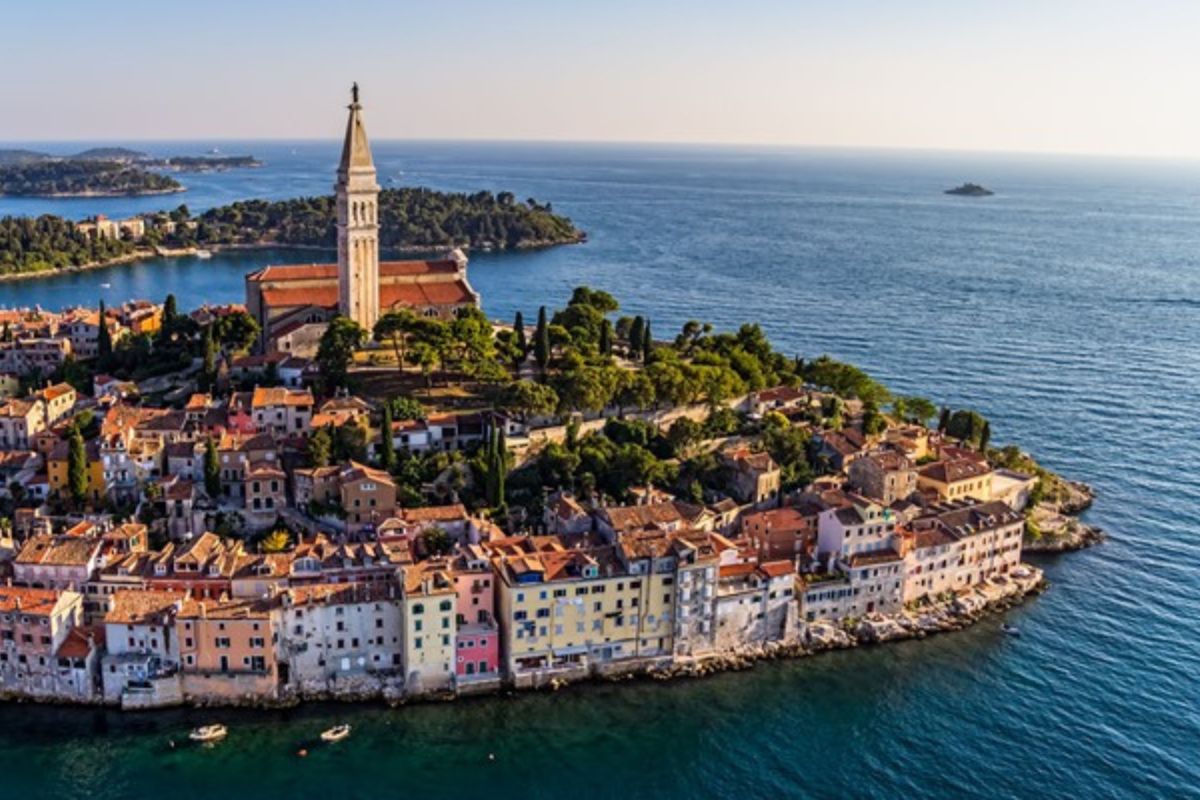
Photo: Unforgettable Croatia
With its prime location, located near the southern tip of the teardrop-shaped peninsula, the port city of Pula is well-known as one of the most popular tourist attractions in Croatia, with a diverse history featuring many Roman ruins scattered throughout the old town.
Formation and development history
Pula’s origins can be traced back to ancient times, according to historical archives. As evidence of human settlements in the region dates back to the Neolithic period, Illyrians and Greeks both colonized the territory at the same time. The Romans acquired possession in 177 BC, and the town developed as a significant trading port during Julius Caesar’s reign.
After the fall of the Roman Empire, Pula was ruled by a number of different monarchs, each of whom left their stamp on the city; however, the city had been abandoned by the mid-1700s. Pula was once again in turmoil in the early 1800s, until it fell under Austro-Hungarian control.
By the 1900s, the town had recovered and had become a naval base and shipbuilding center for Austria. Pula was annexed by Italy in 1918 and was conquered by German forces at the end of WWII. After that, Pula was incorporated into Croatia.
Outstanding tourist attractions in Pula
-
Pula Arena
The well-preserved Pula Arena was built in the 1st century AD with a Roman structure completed in 80 AD and used for gladiatorial battles until the 5th century. There was an ideal venue for organizing a lot of competitions that involved crowds of 25,000 people. Although it is only a shell of what it once was, we can imagine that the arena was filled with people cheering on the gruesome and bloody battles. It is the only remaining Roman amphitheater to have four side towers entirely preserved. The arena is also the country’s best-preserved ancient monument.
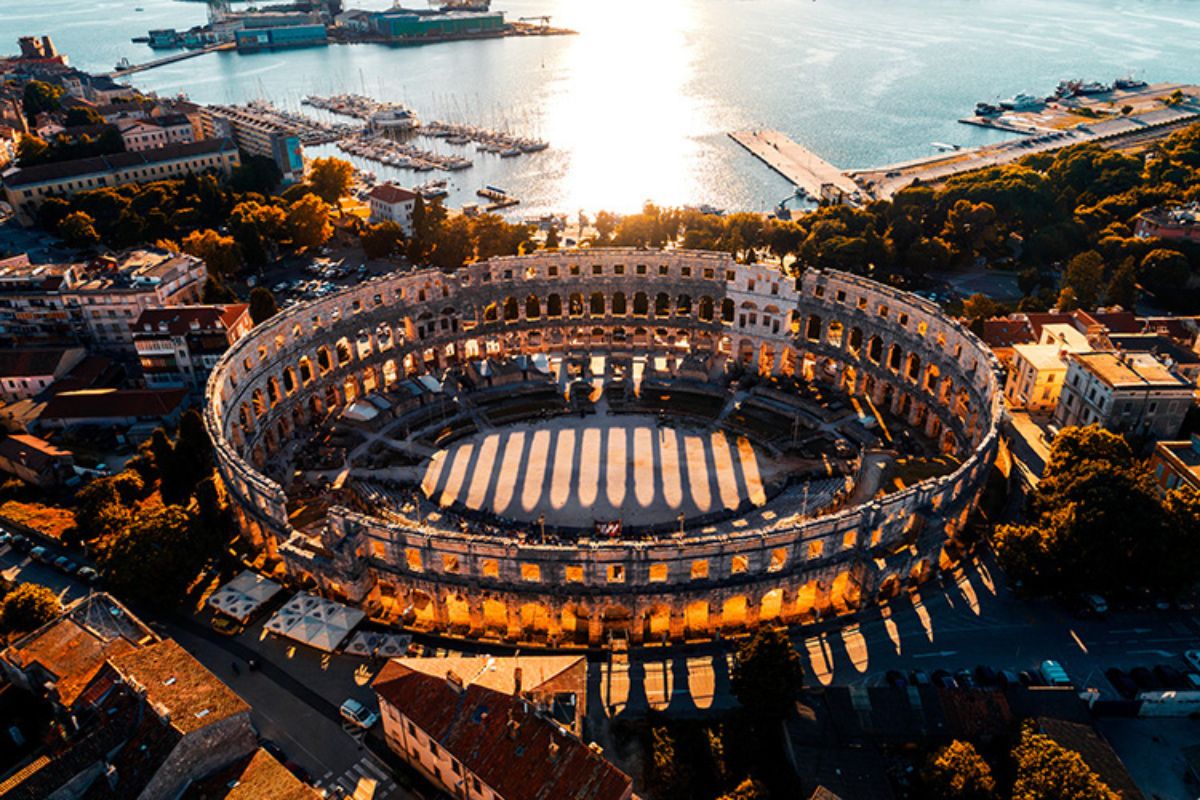
Photo: History Hit
-
Ambrela Beach
Nature has blessed Pula with an ideal geographical location, right on the Adriatic coast. This place is famous for its abundance of picturesque beaches that visitors can spend all day experiencing. In particular, Ambrela Beach is known as one of the places that possesses the unblemished beauty of Pula nature. It’s wonderful to soak up the cool autumn weather and enjoy the fresh air with loved ones. Considered a pebble beach on the Verudela peninsula, Ambrela Beach is perfect for swimming because the water is shallow and crystal-clear.
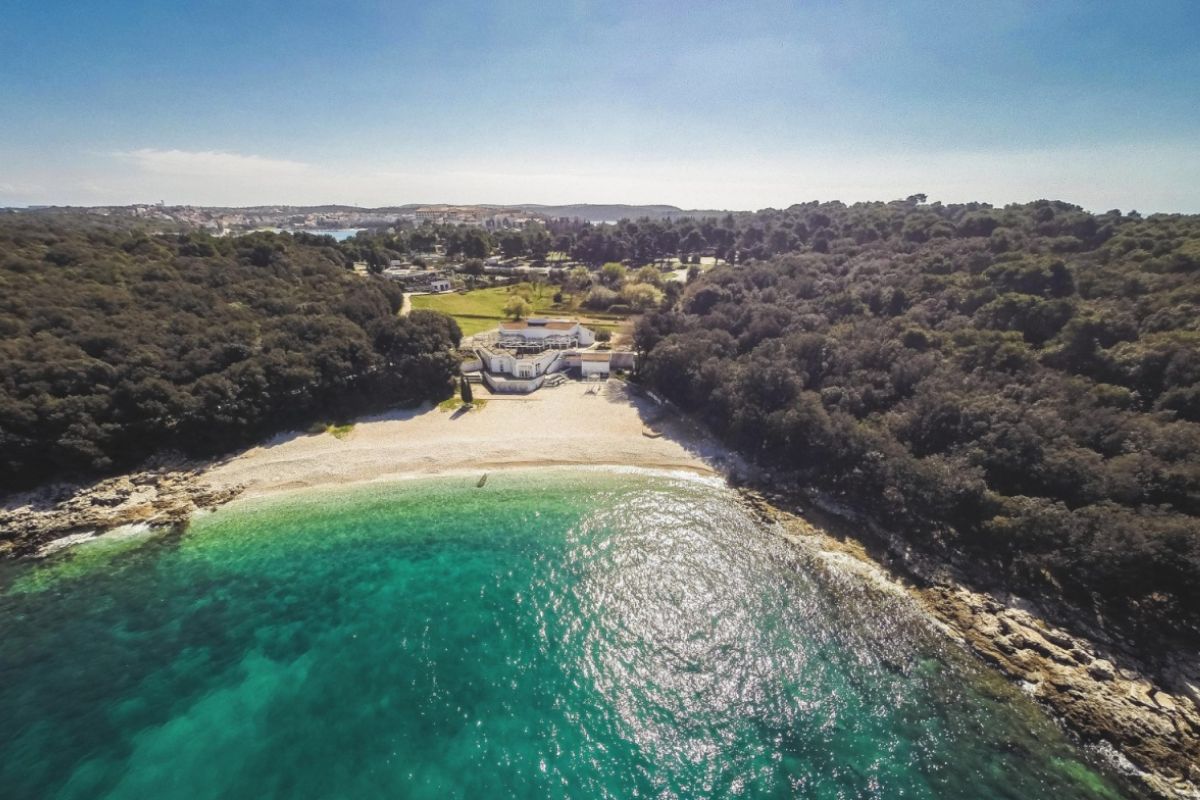
Photo: Croatia Reviews
-
Arch of Sergii
The Arch of Sergii is a triumphal arch dedicated to the three Sergii brothers. The Sergii family is one of the most powerful and influential families in the city. The particular arch, built in 29 BC to celebrate the triumph at Actium, was funded by the boys’ older sister. The archway, which is adorned with statues, inscriptions, and columns, has been kept for a long time.
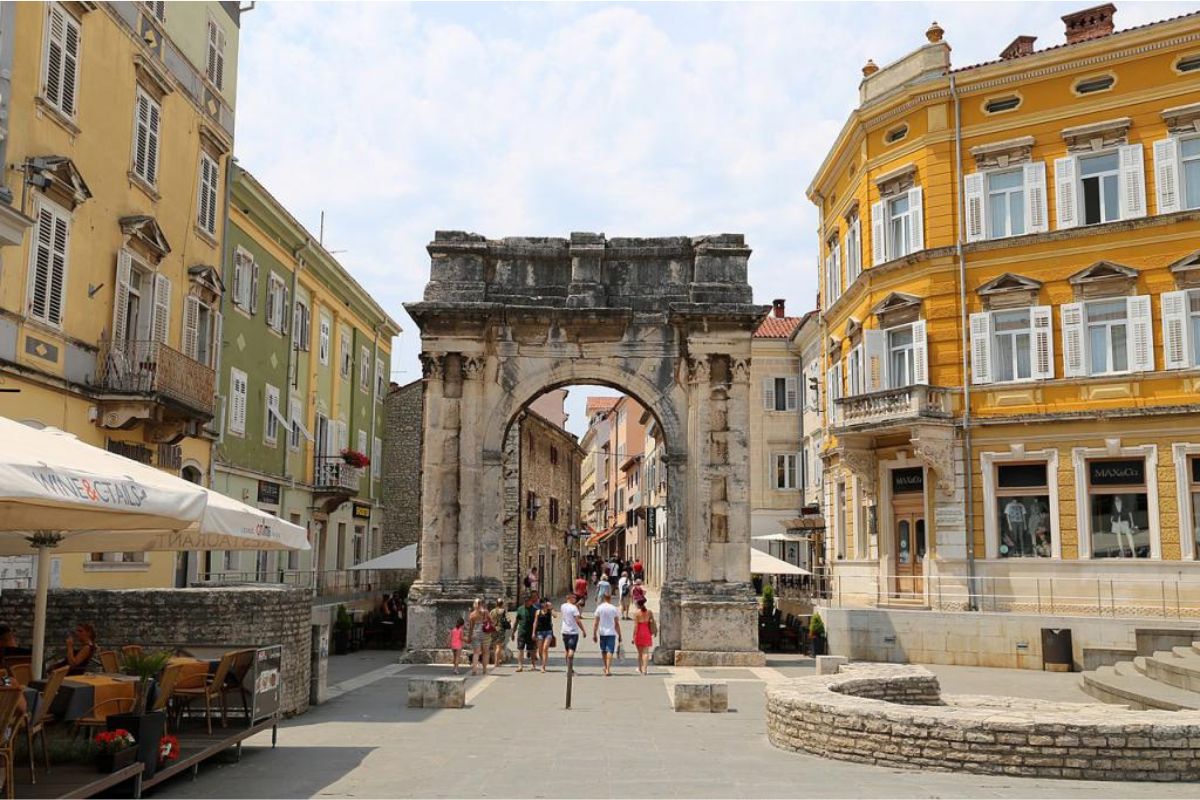
Photo: GPSmyCity
-
Dubrovnik City Walls
Dubrovnik has been likened to the Damaltia coast’s pearl, with the splendor of the old town playing a significant role in this designation. Walking atop the city’s ancient city wall, a relic dating back to the 1400s, is a must-see experience for visitors to this city. This wall not only has an antique and graceful appearance, but it is also highly stable, having survived numerous ups and downs, such as the 1667 earthquake.
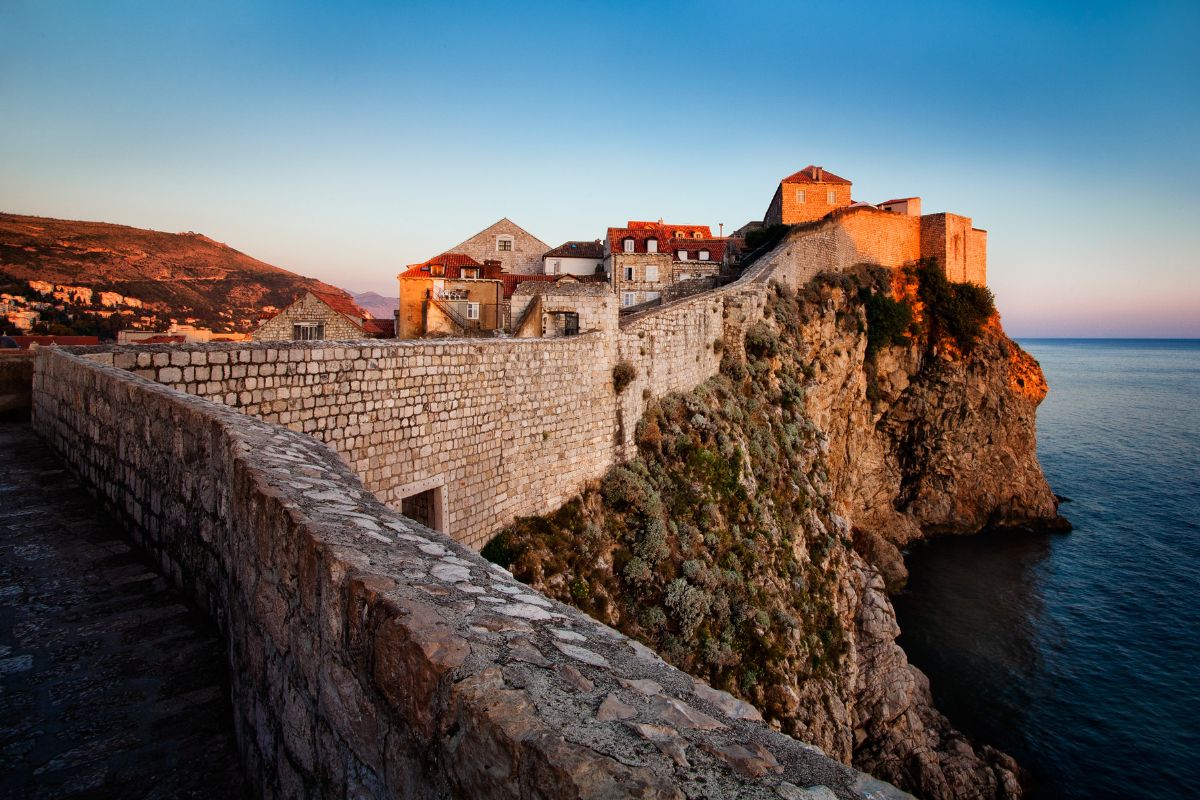
Photo: John and Tina Reid
-
Davoko Church
With its exceptionally impressive construction, Davoko Church, one of the most beautiful churches in the territory ranging from Venice to Istanbul, is regarded as a symbol of Eastern Croatia. Building such a large church is considered an extremely confusing decision by Bishop Davoko because, 150 years ago, when this idea was first started, Davoko was a very small town.
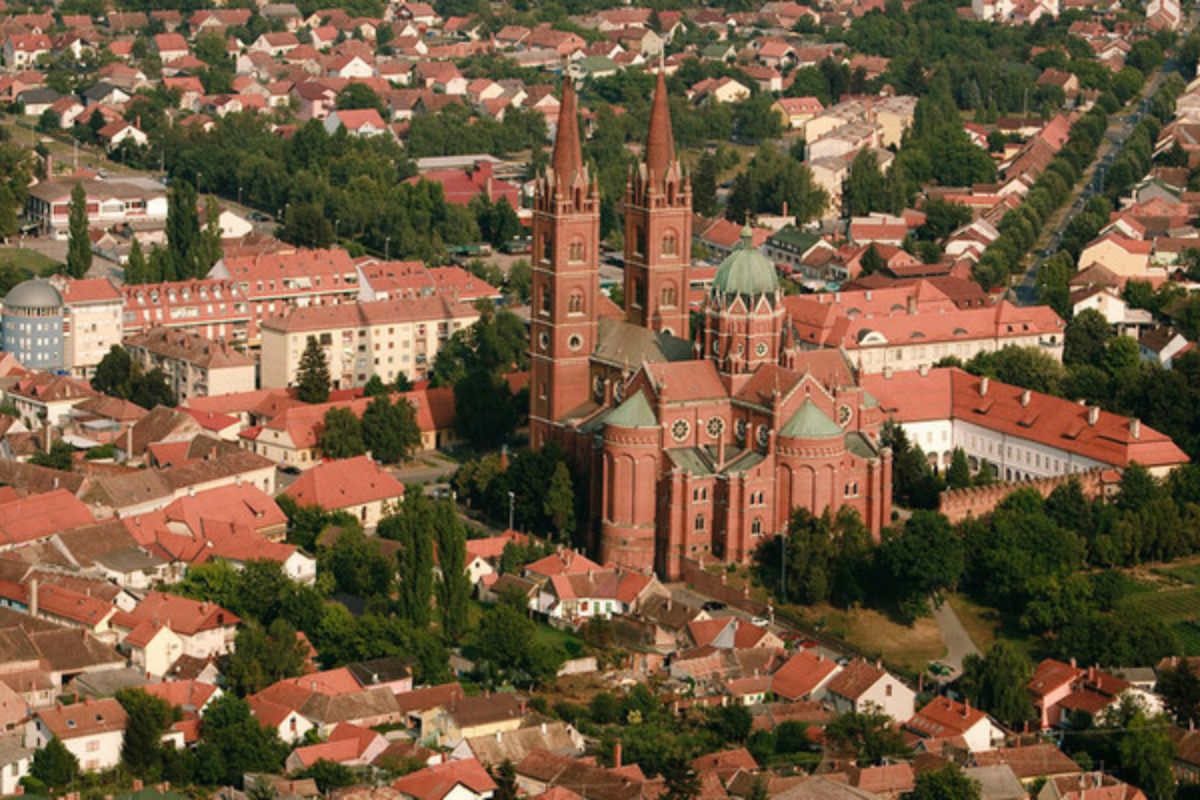
Photo: Deviet

